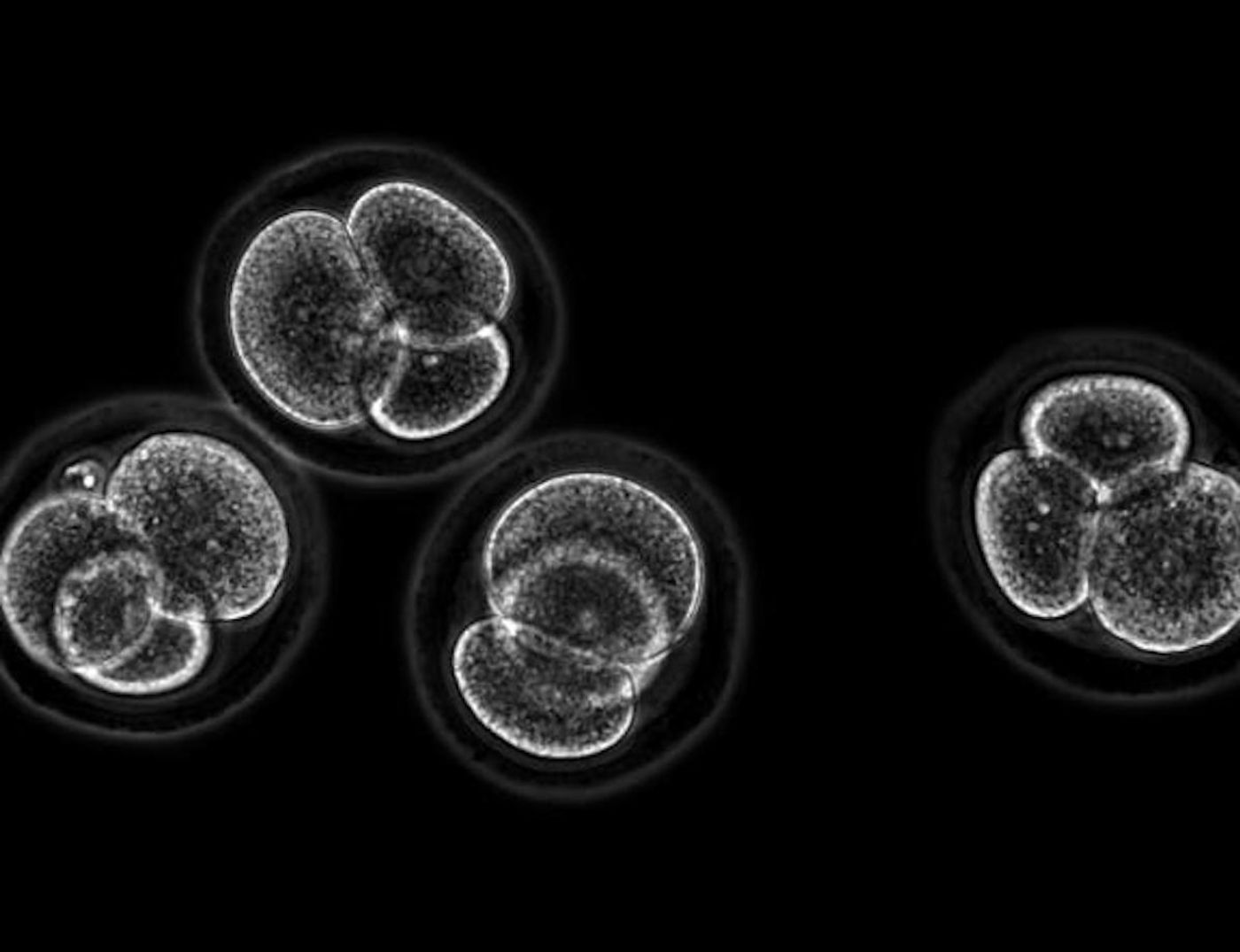Stem cells were recognized for their tremendous potential many years ago; they can develop into virtually any type of cell type and are critical in development. They could also revolutionize therapeutics and regenerative medicine. But obtaining the cells presented ethical challenges. Several years ago, a Nobel-prize-winning procedure was developed that used genetic tweaks to generate pluripotent stem cells from adult skin cells. Now that process has been further refined by researchers at the University of Wisconsin-Madison’s Wisconsin Institute for Discovery (WID) and published in Cell Reports. In another study, scientists at the Hebrew University of Jerusalem (HU) have been able to create the three main types of cells that early embryos are made of from skin cells.
The work done at WID can help be tremendously helpful to researchers using stem cells to model and research disease. Current methods are only reprogramming about five percent of the cells that are put through the process. The new study outlines a streamlined protocol for reprogramming cells in the lab, and the scientists have also learned more about what happens to cells as they transition to different cell types.
"The cells undergoing reprogramming do not have to do so in a stepwise manner," noted the Cell Reports study author and graduate candidate Zafirah Zaidan. That finding is contrary to what has been assumed. The researchers used transcriptomic sequencing at the single-cell level (single-cell RNA-seq or scRNA-seq), which is like taking a snapshot of all the genes that are being expressed in one cell at one time point.
"scRNA-seq is revolutionizing biology and is opening up a lot of opportunities to gain a high-resolution view of gene regulatory networks," said Cell Reports study co-author Sushmita Roy, a professor of biostatistics and medical informatics at WID. "There is a lot of room to develop the right type of computational tools to fully unlock the potential of these single-cell RNA-seq datasets."
Reporting in Cell Stem Cell, Dr. Yossi Buganim of HU's Department of Developmental Biology and Cancer Research and a team of researchers identified a group of five genes that can transform mouse skin cells into three types of cells that are found in developing mouse embryos. The process takes about one month. This work can help scientists learn more about embryonic diseases and placental disorders.
Sources: Phys.org via University of Wisconsin-Madison, AAAS/Eurekalert! via The Hebrew University, Cell Reports, Cell Stem Cell









